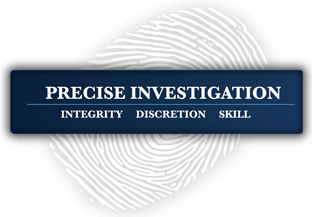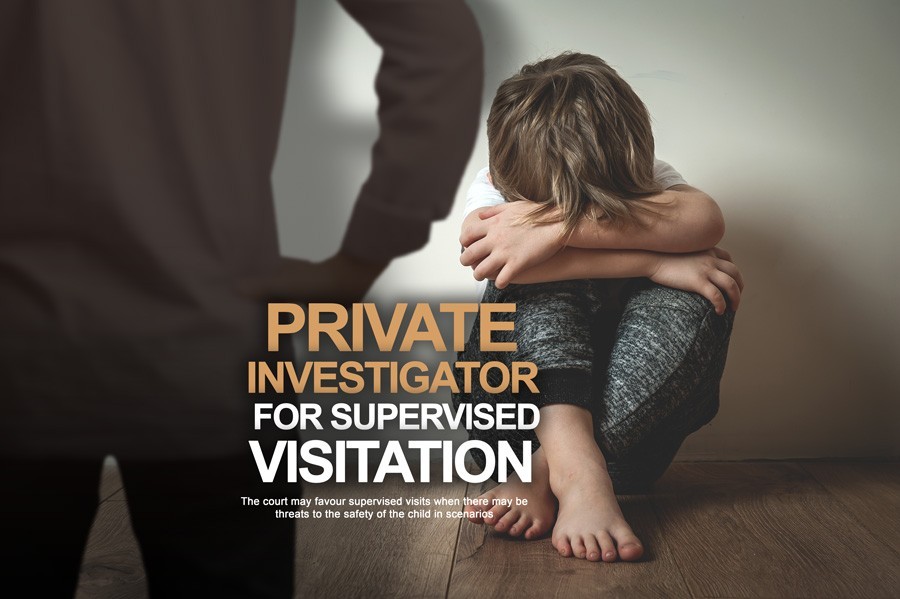
What can you do if you are experiencing sexual harassment at work?
Any unwelcome sexual advances or behaviour in the workplace is completely unacceptable, but many people don’t know what to do when they become a victim.
These advances can be extremely intimidating and cause humiliation and they can be verbal, written or digital actions. Sexual harassment doesn’t just have to be in the physical workplace either. It can occur at events or outside of work, for example at a local bar with colleagues.
Nobody has to accept these unwanted advances and it is important that you take the necessary steps to stop the perpetrator from acting in this way. Otherwise, they will continue to think their behaviour is acceptable. Here are the steps you can take:
Document everything
Do not try and commit everything to memory. Start a detailed log that includes times and dates as well as the nature of the sexual harassment. This will be important when you report this behaviour to human resources or a manager so they will be able to carry out a thorough investigation. Your manager will be able to use this log to know who to interview and there might be video or audio evidence available to them as well.
Documenting everything means taking notes of every instance as it happens, as well as keeping copies of any electronic communications or digital instances of harassment through carriage services (texting, messaging etc). The more details you include the better, including any witnesses to the event, the time, the location etc.
Be very specific with all your documentation as well. Write down exactly what the perpetrator said and include printouts or screenshots if they are available. Be very specific about the time and location as this will help investigators track down witnesses and any CCTV footage or other recordings. Be sure to note any other people who were in the vicinity, not just the harasser. They may be able to corroborate your complaint down the line.
Raise the issue with the perpetrator
This can be difficult; however, being firm and direct can stop sexual harassment. Use strong body language when you are speaking to the harasser, such as looking them in the eyes and using clear and direct language.
Call out the behaviour and clearly state that it is wrong. Also tell them directly what you want them to do, like move away, stop touching etc. It can help if you make it about the broader issue rather than yourself. For example, stating “this is harassment, nobody likes harassment. Show some respect to your colleagues”. Try using identifying statements as well for the sake of witnesses and any recording devices, like “John Smith from accounts, I want you to stop touching me”.
It is highly likely that you will not be feeling calm and confident, but it is important to project that you are serious and in control. Do not make any apologies, do not offer excuses and do not ask questions. State your objections clearly until you have an outcome that you want. If you are not getting that outcome, it is time to move to the next phase which is reporting the perpetrator.
Make a formal complaint
If the behaviour does not cease despite your requests for it to stop, it is time to take further action. Take all the evidence that you have collected to your manager, or human resources representative and make a formal complaint. You can get advice and assistance from the Australian Human Rights Commission or state and Federal anti-discrimination agencies to assist you in making this complaint as well. Following this, a formal investigation will begin and the harasser can be reprimanded or dismissed accordingly.
Click here to see more information.






















